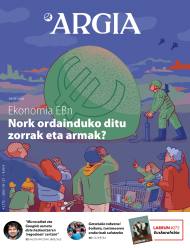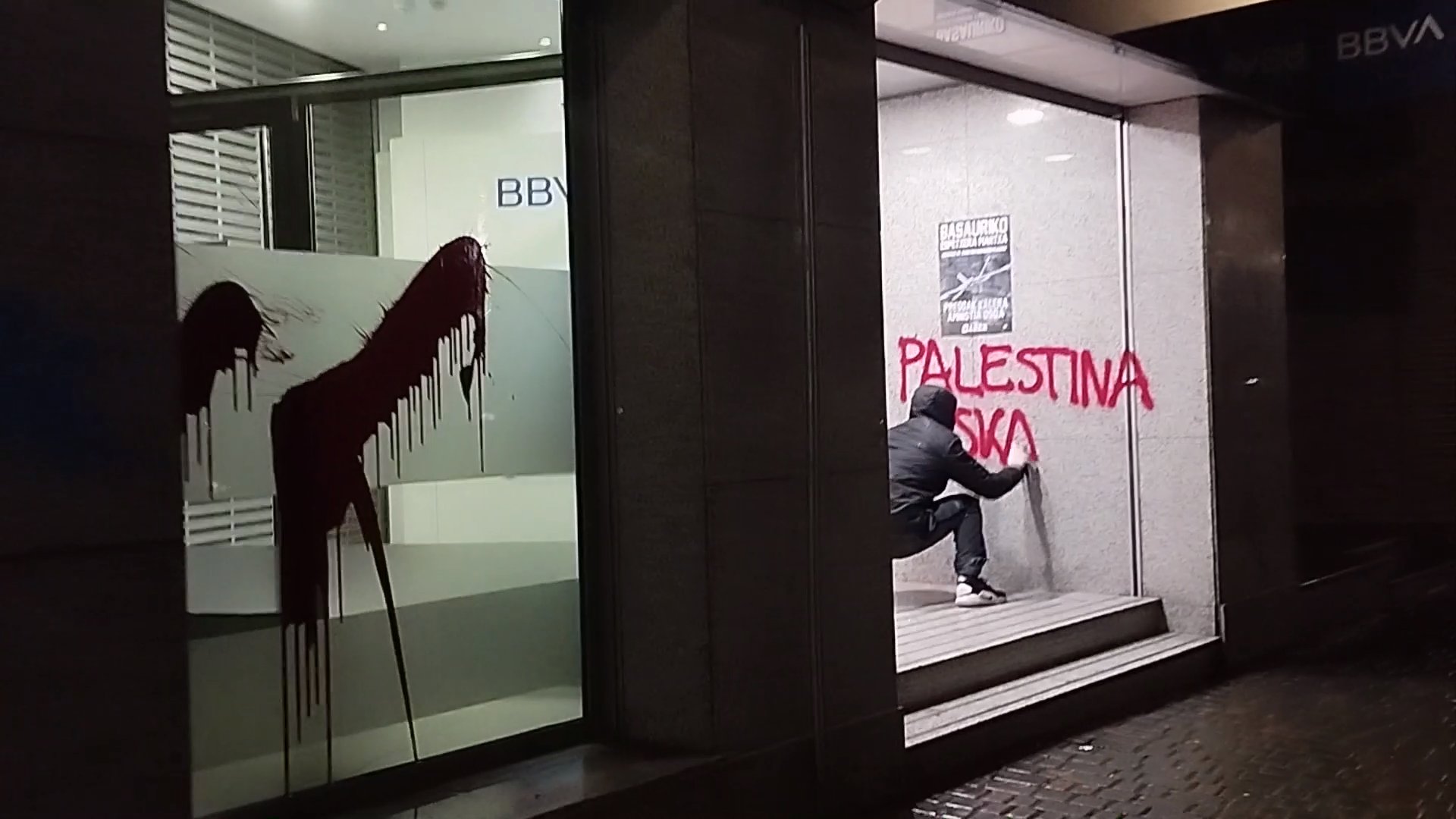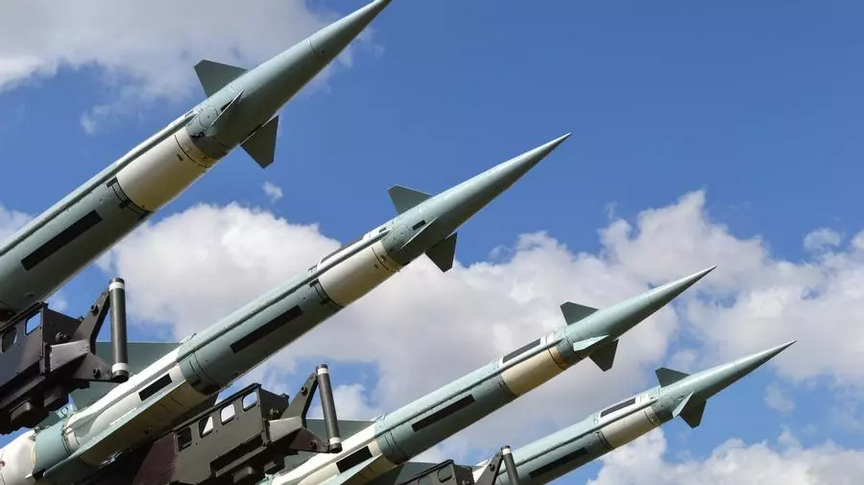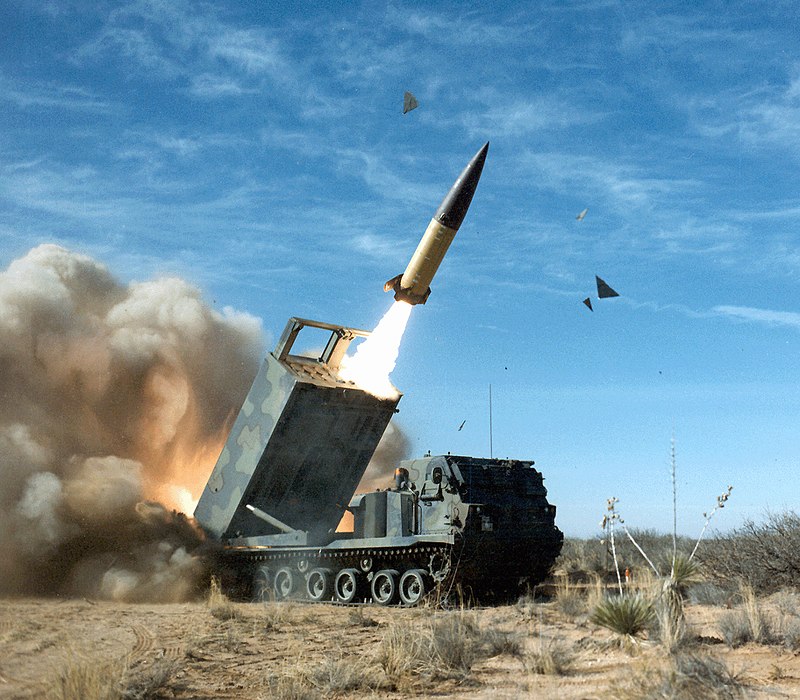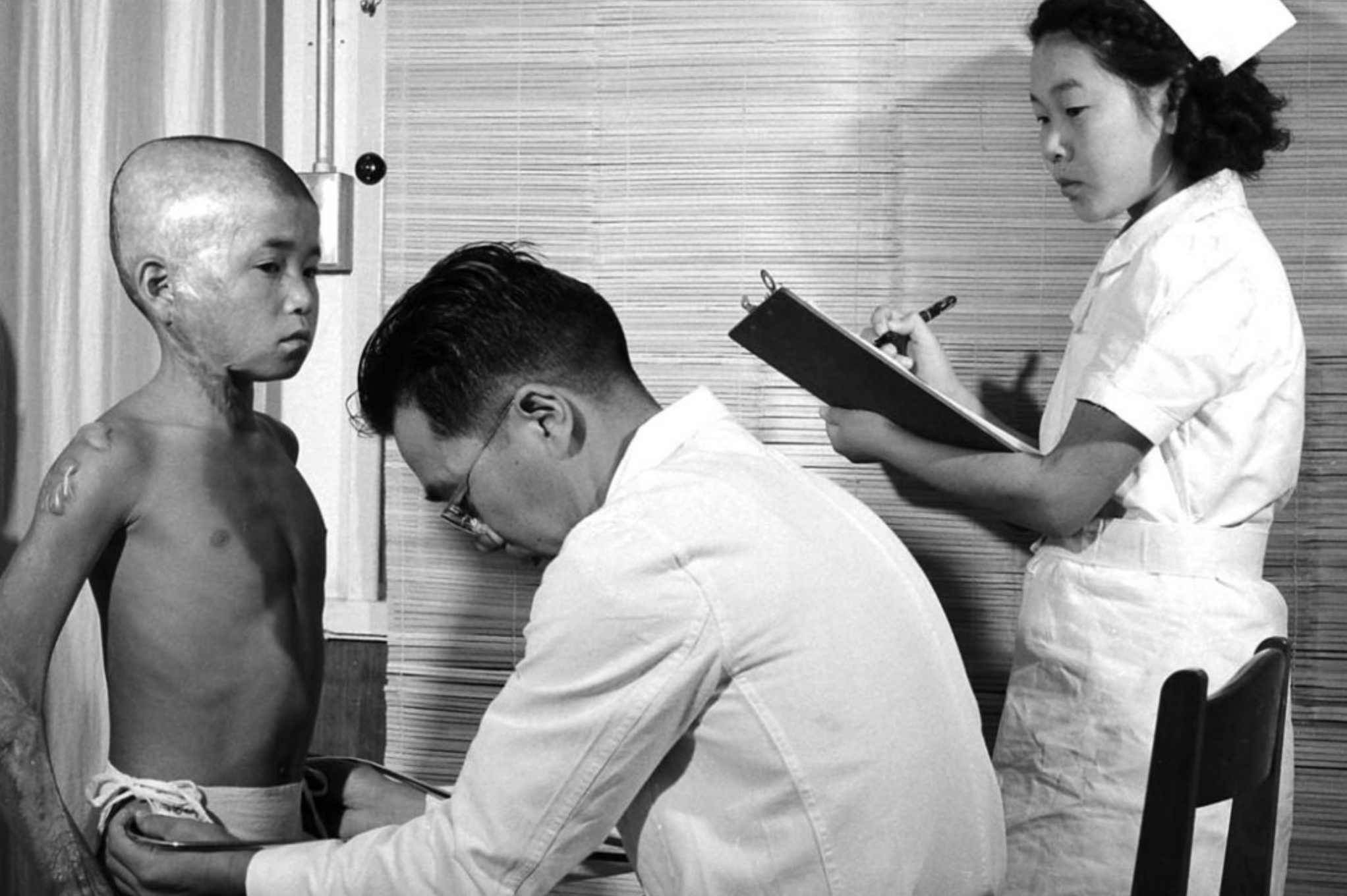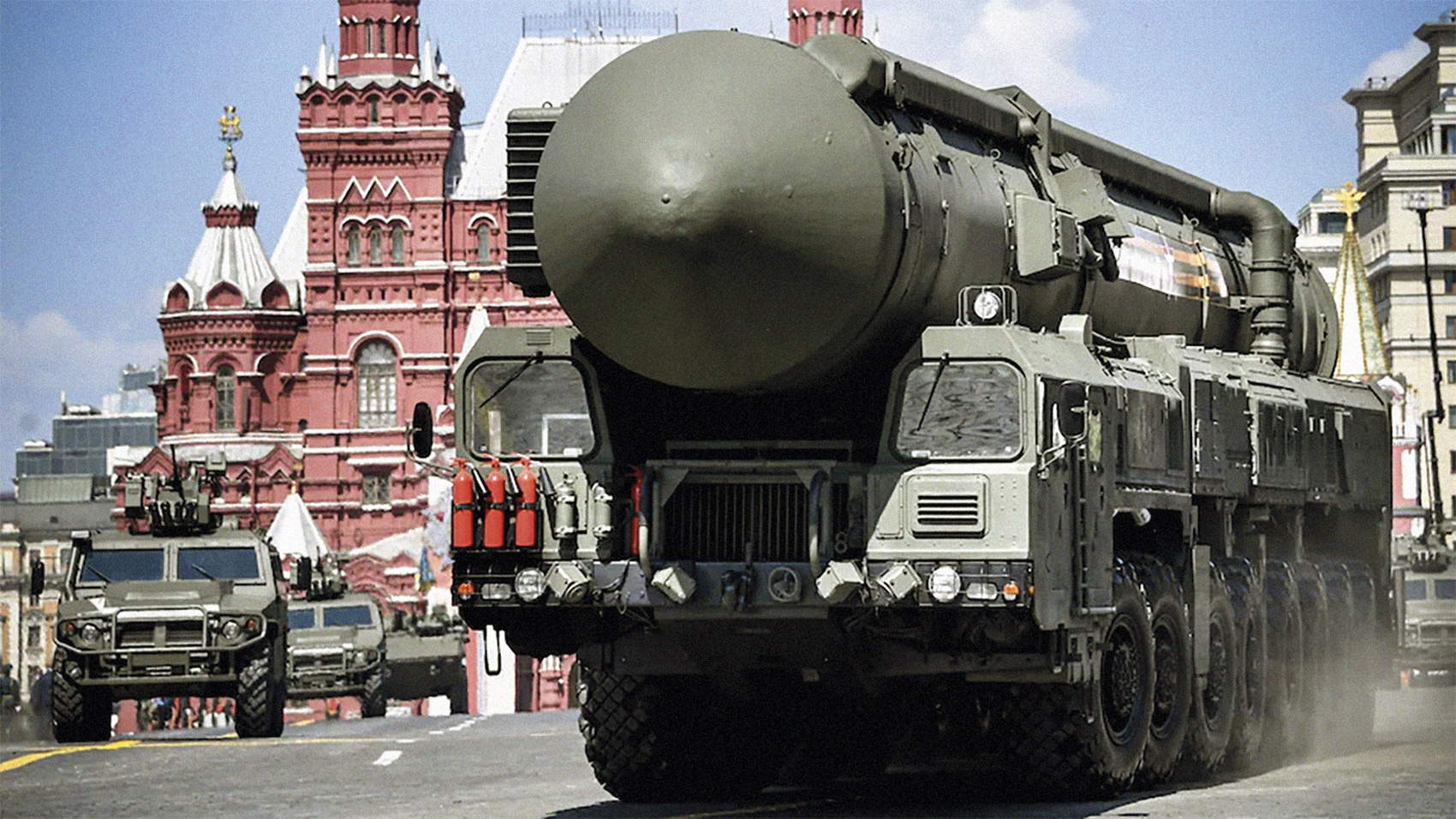The terror of nuclear war wakes up in the war in Ukraine, on the 60th anniversary of the Cuban missile crisis
- In February 2022, the war in Europe resumes, the fear of a war that, beyond the invasion of a country, would hinder the continent and perhaps the world. 24 Vladimir Putin stated that the Russian army invaded Ukraine: “If anyone intends to hinder the way or threaten our country and people, know that Russia will react quickly with the consequences that he has never seen in his history.” He was threatening atomic weapons, as many Europeans understood.
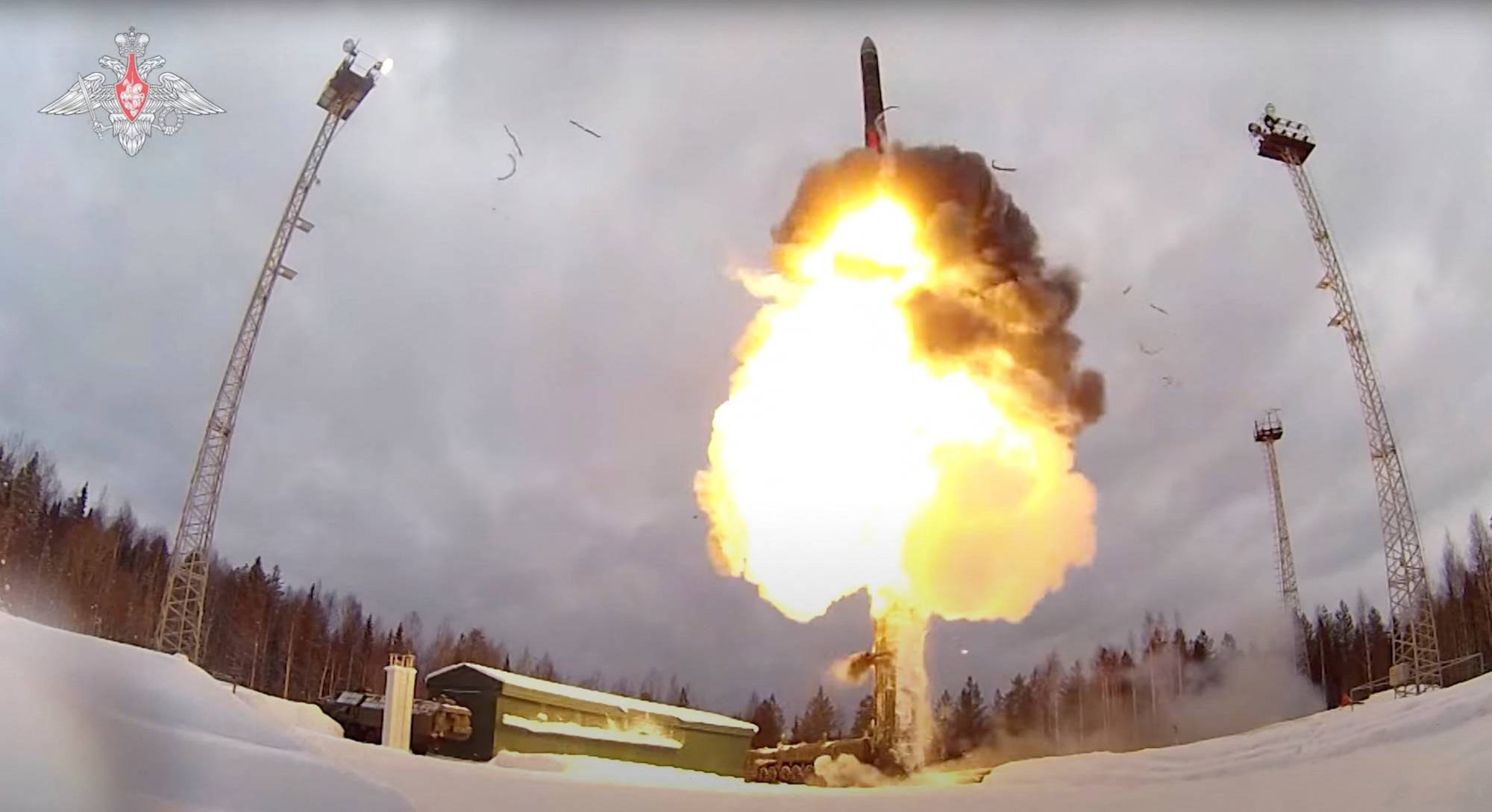
At the end of the first day of the Ukrainian invasion, on 24 February, the Russian military had occupied the Chernobyl nuclear power plant. Three days later, Putin ordered a special warning for the commune “the dissuasive forces of the Russian army, which means weapons and atomic organizations.” On 4 March, Europeans discovered a fire at the Zaporizhia nuclear power plant, the largest in Europe, where the Russians attacked with artillery in the early morning to occupy it. And the next day, the physics institute in Kharkiv exploded, with its atomic research laboratories. It is the way in which, by surprise and by chance, the military atom enters the lives of Europeans.
History knows how cruel it is to people of good heart: just a month before, on 22 January 2022, the Treaty on the Prohibition of Nuclear Weapons (TPNW), signed by the United Nations General Assembly on 7 July 2017, came into force. On that day in San Fermín 122 countries of the world voted in favour of the treaty, abstaining from Singapore and refusing the Netherlands. However, 69 countries, the most powerful in precarious, refused to participate in the vote, including those that have the atomic bomb at their disposal; in our case, France which has long had and Spain which is involved in the use of nuclear weapons because it belongs to NATO, which represents us Basques, also rejected the vote on the treaty.
The UN Treaty on
the Prohibition of Nuclear Weapons
was adopted
in 2017; in 2022
the bomb threat is
reopened
At ARGIA we then told that the peaceful movements and well-known militants and personalities mobilizing against the atomic war had to work in black for six years to arrive at that historic vote, driven by ICAN, the International Campaign to Ban Nuclear Weapons. To argue the need for the pact, “banning and destroying nuclear weapons is one of the global priorities. The UN general assembly has a great opportunity to approach it and should not fail us.” Since the great powers possess over 15,000 nuclear weapons, if they exploited, they would submerge the Earth in a nuclear winter in a war, the people who would survive would be exposed from generation to generation to damage caused by radiation, destroying all infrastructures to rebuild human life after the war, threatening entire ecosystems and endangering mankind. The UN General Assembly raised hopes in the summer of 2017 that this threat will be progressively mitigated.
Five years later, however, as regards the control of atomic weapons, the world has regressed until 1962. 60 years ago, the world was closer to the outbreak of a nuclear war, in the Cuban missile crisis. Shortly after the Fidel Castro revolution on the island, a possible local crisis between the United States and Cuba was wrapped up in wider competition between the United States and the Soviet Union. In 1958 the Americans placed the ballistic missiles ‘SM-74 Jupiter’ in Italy and Turkey, and shortly thereafter, in 1962, the Soviets agreed with the Cuban government to place the missiles ‘R-12’ and ‘R-14’ on the island, 140 kilometers from Florida.
The story tells John F. Kennedy, who had decided to block the island and negotiate with Nikita Khrustxov to militarily attack Cuba and blow up the guerra.Tras tough negotiation, came to an agreement: The Soviet Union would take ballistic missiles from Cuba and EE.UU publicly promised that it would not invade the gate. That was publicly acknowledged, because in a more inconspicuous pact the Americans agreed to leave Turkey the missiles they had just set up. For the future, the two major nuclear powers established a direct line of communication.
In 1962 the concept of Mutual Certified Destruction began to be disseminated, in English the theory ‘Mutual assured destruction’: if both powers explode atomic weapons in war, that both are condemned to total destruction, that possession of atomic weapons is the way to remove the desire to attack the enemy and that once the arms race has begun, neither are they interested in war or the other. In fact, the acronyms of MAD theory also mean “crazy”, ideal for death strategies.
The approach to the risk of extinction of mankind at the time of the Cold War provoked reactions in the following years. In addition to the information disseminated in the media – in Spain the press was censored, we must not forget to understand the weakest impact of these issues in the South – the risks of the atom had a great presence in art, literature, theatre and cinema. To mention one, Stanley Kubrick performed the “Dr. “Strangelove” (“Docteur Folamour” in France, in Spain “Red telephone, do we fly to Moscow?”), showed military and leaders, with black humor, playing with an atomic bomb capable of destroying the world once in a while. And in Central and North Europe, the authorities pushed for the construction of shelters for atomic explosions in villages and homes to overcome the fear of radiation.
With the nuclear power stations
in Chernobyl and Zaporizhia
it has been seen that
in
today ' s world civilian nuclear has become a
weapon.
Among the citizens, the movements of war, bomb and atomic energy in general flourished throughout the West, which carried out a series of epic struggles that were blurred in a few decades. They also influenced the new negotiations that the great powers had to carry out to control nuclear weapons. It has been significant that, following the outbreak of the Ukrainian wars, several experts are alluding to the need to update the Arms Non-Proliferation Treaty signed in 1968 and to reach agreement between NATO and Russia on a new security framework for Europe.
The world has been greatly altered since 1968, since 1962. The deadly atomic toy is in the hands of more actors than then, without many publicly recognizing it. Weapons of mass destruction, from chemical, bacteriological, cyber, etc., are much more diverse and plentiful. From Syria to Yemen, from Libya to Iraq, the world already knows a wide range of bloodier techniques and tactics. But also, among the civilian nuclear power stations that were left out of the old atomic weapons covenants, Chernobyle exploded accidentally polluting Europe by radioactivity in 1986 and Fukushima in 2011, which almost forced much of Japan to evacuate.
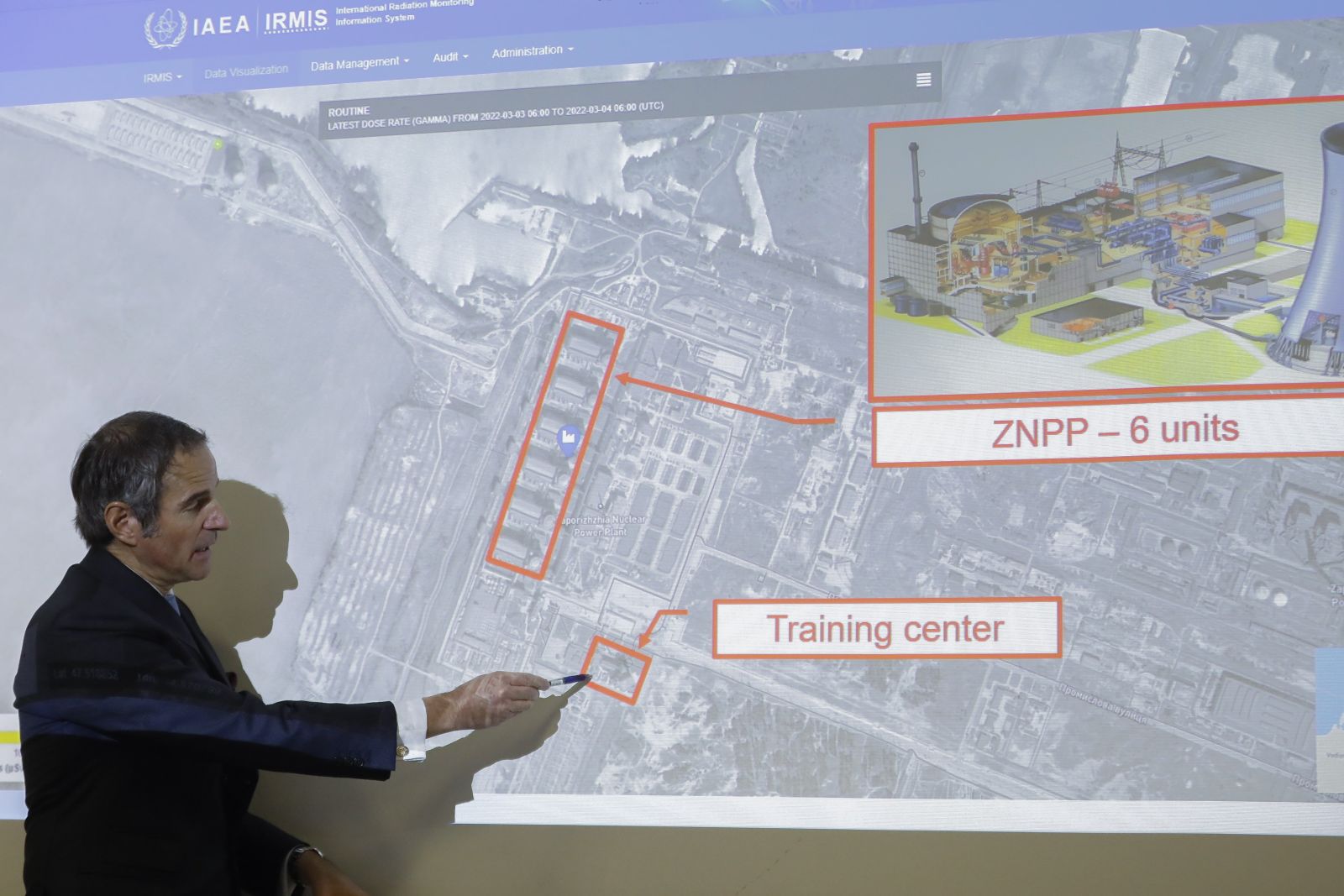
Mariano Grossi, director of the International Atomic Energy Agency, explains to the press the attack of the Zaporizhia nuclear power plant on 4 March.
During these weeks it has been possible to verify with the nuclear power stations of Chernobyl and Zaporizhia that the proliferation of this ‘civil atom’ has made “in today’s world civil nuclear has become a weapon”, as Jean-Michel Bezat wrote in ‘Le Monde’: “Since the launch of the first power stations, in 1950, such a hard conflict has never exploded in a nuclearized country. The Ukraine has 15 reactors in four plants that produce half the necessary electricity, plus atomic research centres and radioactive waste deposits.” This is the case of the weapons that the European Union recently named as a green energy source. On the one hand, the weapon that needs to be removed from the enemy, because it can bomb with its technologies and byproducts. On the other hand, a weapon that can make the enemy explode inside their home and accept energy in their own home from hunger, opening way to the blackmail of the enemy.
As in all major wars, there is more than one war in Ukraine. At least two: one between the sovereign state of Ukraine and the invading power of Russia, and one between NATO and Russia. Beyond the images and chronicles of the everyday triscans, the need for a security framework for Europe is becoming increasingly apparent. It will be seen whether we can negotiate before the new Strangelove doctors destroy the continent partially or totally.

Cuba the images of the missiles located in the Soviet Union.
Arma nuklearren produkzioarekin, mantentze lanekin eta modernizazioarekin loturak dituzten hainbat enpresa aztertu dituzte, eta horien artean agertzen dira BBVA, Santander bankua eta SEPI.
Japan, 6 and 9 August 1945, the United States launched an atomic bomb causing tens of thousands of deaths in Hiroshima and Nagasaki; although there are no precise figures, the most cautious estimates indicate that at least 210,000 people died at the end of that year. But in... [+]
On the occasion of the Hiroshima G7, the temptation to say again what Marx has made us repeat too many times, putting us in the mouth of Hegel, is not a fool: “Hegel says that all the great events and characters in universal history appear twice, but he forgot to say: once as... [+]









